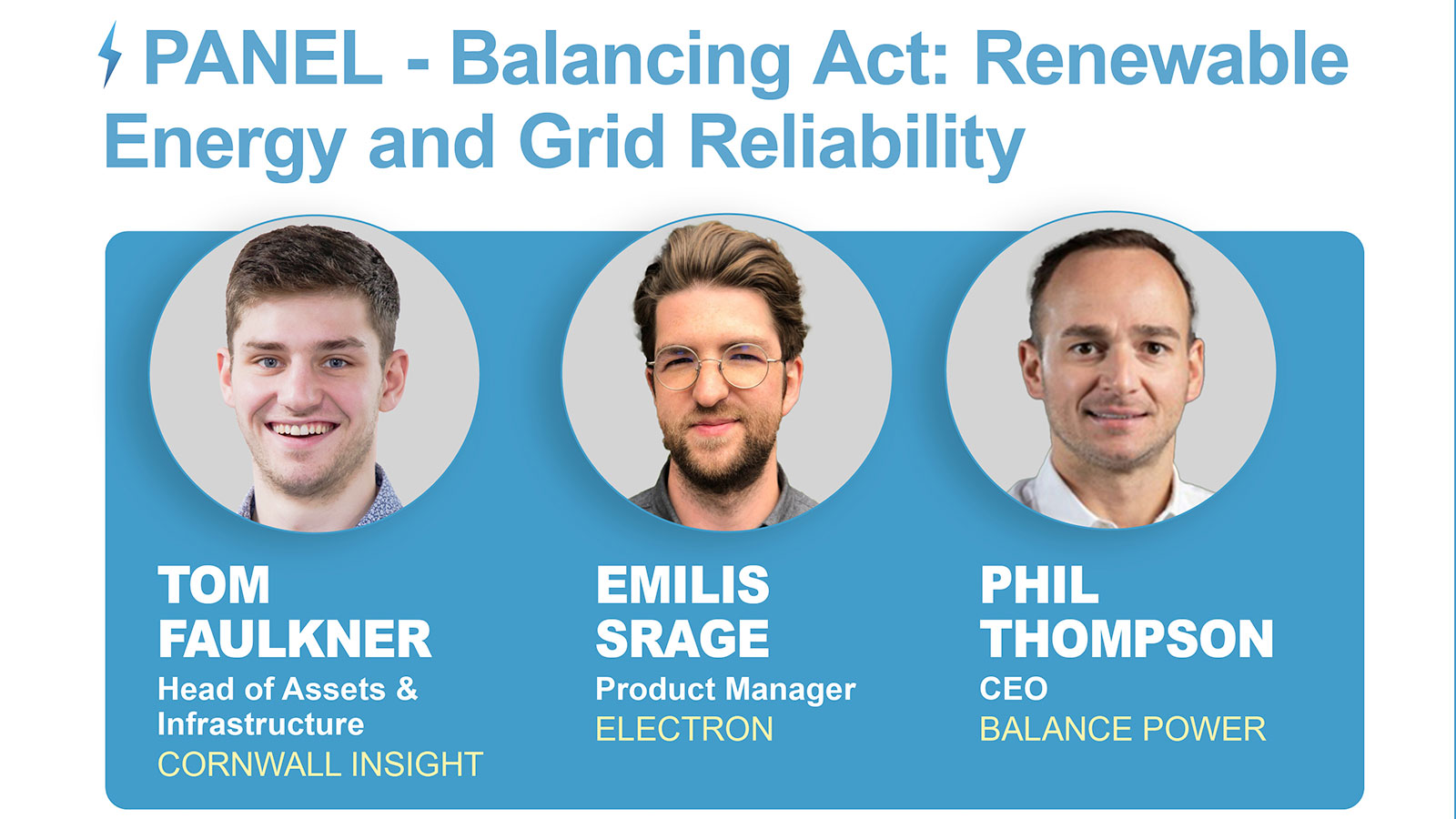After an 18-year battle, New Zealand's state-owned Industrial Research Ltd (IRL) finally won a legal battle for a US patent to the superconducting material it developed in 1988.
Seven companies filed patent applications for the material but IRL proved it had been originally described and dated by its developer, Dr Tallon, on a greasy brown paper bag in a lunchroom.
IRL's US partner, American Superconductor, is using the material for short lengths of new power lines in New York and China and potential business is estimated at $300m.
Superconducting materials that conduct electricity without resistance have been known for more than 90 years, but initially they required extremely cold temperatures, close to absolute zero (minus 273degs C). The material developed by IRL conducts electricity without resistance at the “high” temperature of minus 163degsC
A series of breakthroughs in the 1980s culminated in the development by IRL's Jeff Tallon, Bob Buckley and Murray Presland of a new “high-temperature” conductor, named BSCCO after its elements bismuth, lead, strontium, calcium, copper and oxygen.
IRL sold an exclusive licence to the material to American Superconductor in 1992, and supplies the US company with components such as magnets and coils on a pilot basis.
It is now forming a new company, HTS-110 (High Temperature Superconductor at 110C above absolute zero), to commercialise these components.
IRL will put up half of the $2m capital, American Superconductor 20% and Neville Jordan's Endeavour Capital fund 30%.





